674 Views
Soapwort: Lovely in the Garden, Green Clean in Your Home!

by
Amber Pixie
(IC: blogger)
Easy
Soapwort is also known as Saponaria Officinalis, Wild Sweet William, Sweet Betty, or Bouncing Betty. I don’t know who Betty is, but she sounds like fun! *wink*
This versatile plant is easy to grow, harvest, and use around the home. Its suds clean skin, lace, quilts, hair, bodies, even household cleaning can be done with a strong enough brew! Here’s the skinny on Soapwort...
This versatile plant is easy to grow, harvest, and use around the home. Its suds clean skin, lace, quilts, hair, bodies, even household cleaning can be done with a strong enough brew! Here’s the skinny on Soapwort...
Growing:
How to Use Soapwort:
Heavy Duty Household Cleanser:
Enjoyed the project?

Want more details about this and other DIY projects? Check out my blog post!
Published June 10th, 2014 9:13 AM





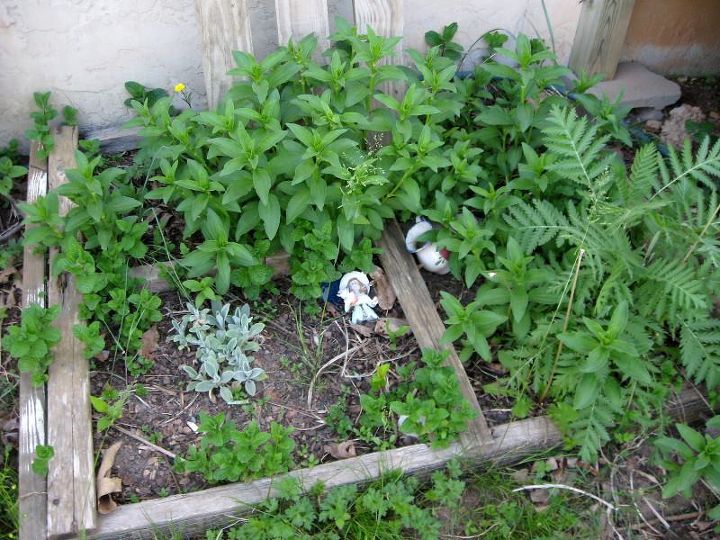
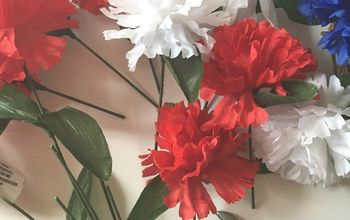
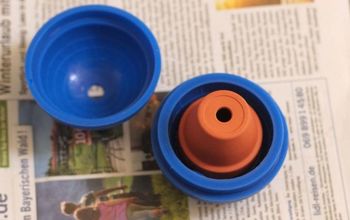
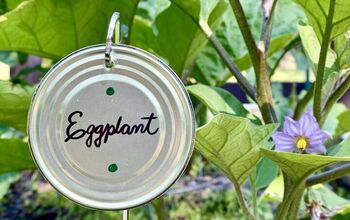


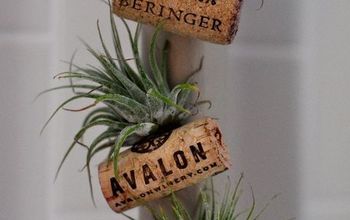











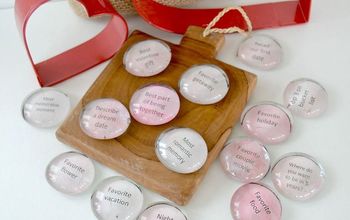


Frequently asked questions
Have a question about this project?